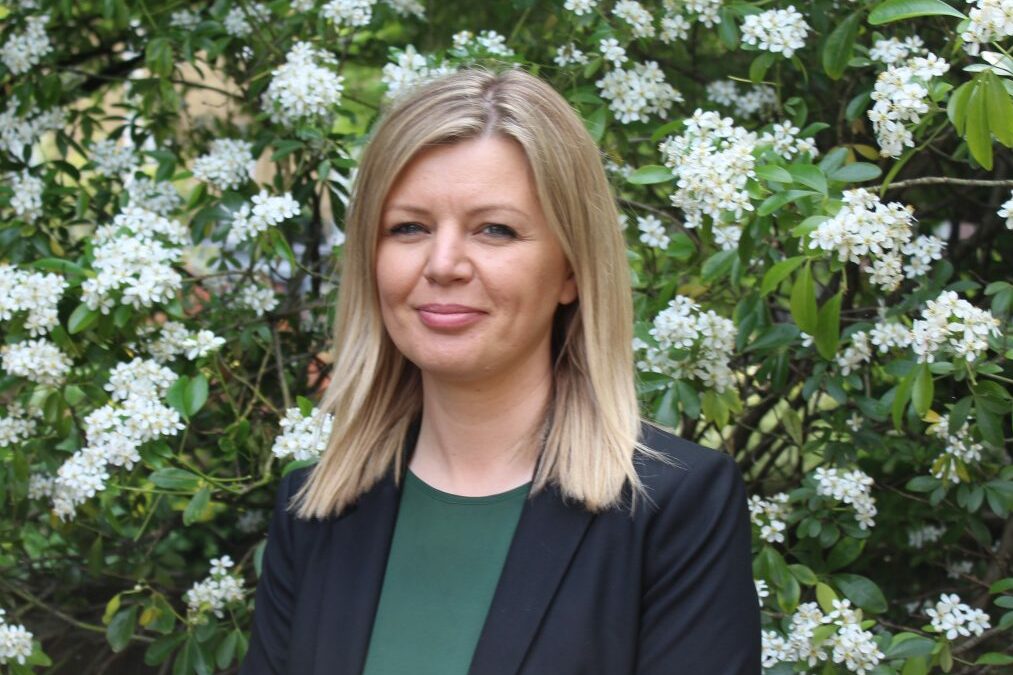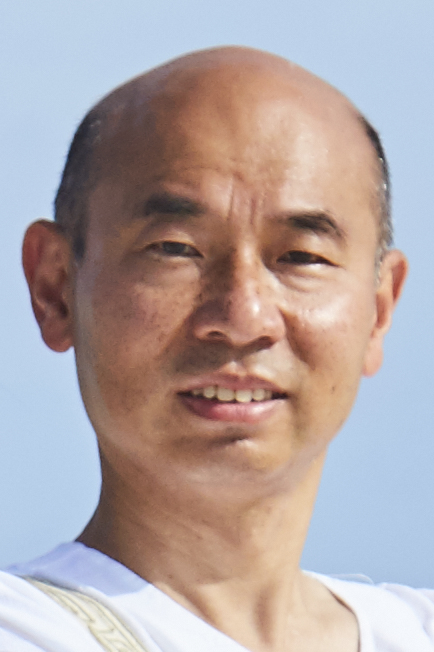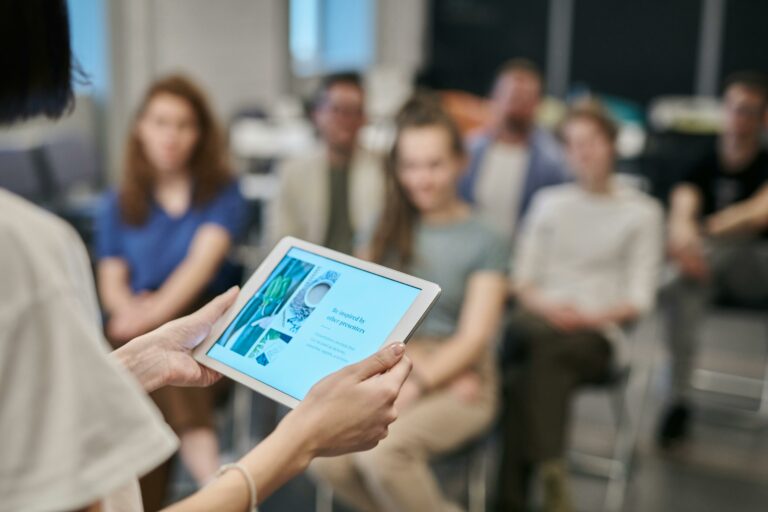
Around 10% of children in the UK don’t have access to the internet. Nikki Labrum, Tech and Product Director at The Brilliant Club and Freddie Quek, Times Higher Education’s CTO, discuss the impact of the digital divide and the importance of projects that bring together companies, organisations and public bodies to make sure that no child is ever left behind
For a long time, internet access was considered a luxury, especially when it relates to children. However, as education has become more and more digitised and lockdowns have forced schools to transition to online teaching, the digital divide has become a chasm that can greatly harm the future of the next generation.
Currently, two-thirds of the world’s schoolchildren do not have an internet connection in their homes, according to a 2020 UNICEF report. In the UK, almost 10% of households do not have digital equipment or broadband access, a situation that affects 1.78 million children.
Once one of those children, Nikki Labrum is now the Tech and Product Director at The Brilliant Club, an education-focused UK charity. The Brilliant Club’s mission is to support children from less advantaged backgrounds and provide them with the educational support they need to access universities and succeed academically, through tutoring schemes and mentorship.
“We exist to help support pupils from underrepresented backgrounds go to highly selective universities,” she says. “And we do that through mobilising the PhD community. We’ve got an army of PhDs that are subject experts, and they go out into schools and share that knowledge with kids.”
By providing children with mentors that they can look up to and ask questions about higher education, The Brilliant Club is able to motivate children to consider pursuing careers that they might not have otherwise thought of as a possibility, as Labrum herself never did.
“I was the state kid who was on free school meals,” she says. “So I wouldn’t have had a computer when I was a kid. But my children are fortunate now that if they took an interest in Scratch when they’re doing it at school, and they’re learning how to programme, they could then go on and develop their interest further.”
And so can all of the students who take part in The Brilliant Club. Through its programmes, children get access to mentoring and advice so that they can access higher education, and also succeed through it, by building communities that they can lean on when they need support, at school and also beyond.
“It has changed my life completely,” says a student from Parkview Primary School. “I was not expecting this, but my tutor is the best and she has kept me going all the way. I have loved The Scholars Programme and I am more likely to go to university now.”

However, all changed when COVID-19 began. In March 2020, The Brilliant Club was forced to move its programmes online, using platforms such as Zoom and Microsoft Teams. And that’s when the organisation had to face a new barrier: many of the children that they serve did not have access to a laptop or an internet connection at home.
“Historically, the digital divide has been something that we looked at from a lens of the households that have internet access,” Labrum says. “But what we haven’t really seen is how many kids don’t have access to devices that they can actually use to learn at home, particularly the disadvantaged kids that we work with. That gap is huge. And it’s going to only exacerbate the disadvantage gap.
“It was a really difficult time because we had to pivot to online, but also we knew that some of the people that we were working with were struggling to get access to devices.”
In order to better understand the extent of the problem, The Brilliant Club received funding from Nesta to conduct research into the reality of digital poverty. Its results showed that 57% of the teachers had had to loan a device or data to a pupil just so that they could get into the programme. In addition, only 5% of teachers in state schools said that their students have a device compared to 54% of private school teachers.
The UK government is aware of this gap, and has taken steps to address it; the most notable being the introduction of a scheme to provide 1.1 million devices to students across the country. Although very positive, this initiative falls short of its goal. Currently, there are 1.7 million students on free school meals in the UK, and perhaps even more who have fallen through the cracks, as there is no detailed data on the extent of digital poverty.
“It pains me to think that there’s a kid out there that’s trying to get onto our programme who’s struggling with access to the platform,” Labrum says. “I know people that don’t receive free school meals but they are on the borderline. They can afford to feed their children but not spend hundreds of pounds on the latest tech.
“According to government statistics, you have internet access if, for example, you are a child whose mother has a mobile phone. But that’s not going to help you if you want to write an essay to be part of our programme, or if you want to learn how to code in JavaScript. You can’t do that on a phone.”

The lack of understanding of digital access and the awareness of the digital divide shocked Freddie Quek, Chief Technology Officer at Times Higher Education. Determined to learn more about the problem, Quek set out on a mission to speak to over 60 technology leaders in under six weeks. His findings showed that during COVID-19, around one in five children lacked consistent access to a suitable device for online education.
“When you then look at all the initiatives that already exist, I don’t think they are anywhere close to solving this problem,” Quek says. “They are not holistic enough, they’re not strategic enough, they’re not sustainable enough.”
Quek was determined to help solve this problem, and that is how #JoiningTheDots was born. Since January 2021, he has been connecting CIOs, businesses, professional bodies, and other stakeholders to offer a coordinated plan against digital exclusion. The desire to help is there, and so is the expertise. The only thing missing is someone to coordinate these efforts
“Freddie is bringing together IT leaders to understand that it’s not just about the device, not just about the data, it’s about the support and all of the other stuff that comes with that,” Labrum says.
After researching the causes of digital poverty, and the existing projects that try to solve it, Quek identified six main areas that are key to closing this gap: equipment provisioning, technical support, digital skills, technical career opportunities, communication and governance.
“This is a solvable problem,” Quek says. “The UK is the world’s fifth-largest economy, and there’s a lot of tech leaders who have the know-how and the network to do something about it.
“No single person or organisation can solve this on their own, not even the government. The idea of #JoiningTheDots is to make sure that we can all use our connections and the power of networks to solve this problem. This way, we will get there sooner and we’ll get there faster.

The first problem that the initiative set out to solve was the lack of devices. To do so, Quek is collaborating with the Digital Poverty Alliance,an organisation that brings together government departments, private companies, nonprofits and grassroots communities to develop solutions to bridge the digital divide. The Alliance’s main goal is to ensure that every person has a device that allows them to fully participate in the digital world. A device of their own, not one owned by their employer, school or local library.
However, devices aren’t the be-all-end-all solution. Quek defends the need for a government policy that ensures that the device donations are done transparently and are accompanied by programmes that teach students and parents how to use the devices they’re given, and a plan to replace these devices once they become outdated.
“We realised that the key to solving digital poverty is not about the device,” he says. “Currently, there are more than 85 initiatives about how to donate devices, but many of them are not sustainable or scalable. They may solve the problem right now, for one child for a few months. But what happens when the devices are no longer working? What do we do then?”
The other barrier to the use of devices is data. After all, what use is having a phone without an internet connection? To address this, Quek is working alongside the Good Things Foundation which has created the UK national databank, with the goal of solving data poverty by 2024. The idea is revolutionary: to allow for data donation.
“Let’s say that somebody has got a device, but no data, and I have extra data,” he says. “The idea is to give the data that we don’t use to these national banks so that it can be given away to others who need it. It’s about gifting data, which everybody can do.”
Another way of helping address the lack of broadband is to make educational and informational websites zero-rated, allowing people to access them without being charged. Oak National Academy, whose Principal is a The Brilliant Club trustee, has already been able to do this, and Labrum believes that it could be key to providing people with the skills they need to close the digital gap.
“I think broadband should be a basic human right,” she says. “Even if we can’t make broadband free for all, we could have a policy that says that every domain that ends in ‘.edu,’ for example, is zero-rated. And then we’re not excluding anyone. It doesn’t remove the issue about devices but it’s one way that we could widen access to education and important information.”

Bridging the digital divide can not only help children get into university but also close another gap that exists in the UK: the one that affects women in STEM.
Currently, less than 15% of professional IT jobs are done by women. And although this year the number of young women considering Computer Science careers increased by 5%, this is still not enough. Labrum, who was recently nominated in the Women in Tech Awards, believes the key to solving this issue lies in getting girls interested in STEM from a young age.
“There are a lot of initiatives shining a light on women who do technology, like mentorship programmes and awards,” she says. “But it is all about how do we get them younger?
“If you’re a young girl who’s interested in Computer Science, there are already so many barriers, like the view that it’s supposed to be for boys; but if you then add the fact that they don’t have a device at home [it adds another barrier]. Coding is not like other subjects, that you can explore at home or in a library. To do Computer Science you need a laptop, there’s no getting away from it. This is a barrier that we need to remove.”
There’s no doubt that the future is digital. According to a government report, 82% of advertised openings already require some level of digital skills and overall roles requiring digital skills pay 29% more than roles that don’t. The UK is already facing a digital labour shortage, with over 70% of employers in the country facing a technology skills gap.
A survey conducted by Robert Walters showed that over half of employers find candidates lack the right technical skills necessary for technology positions. If children can’t access the equipment they need to develop these skills, the gap is only going to grow.
“We’re heading for a situation where we’re not going to have the skills in the workforce because we didn’t address the need early on,” Labrum says.
Initiatives like #JoiningTheDots and programmes such as the ones provided by The Brilliant Club aim to address this need and empower children to reach their full potential. Over the next five years, The Brilliant Club wants to work with 100,000 pupils and support them as they pursue their dreams, through higher education programmes and beyond. In the process, the organisation also plans to make its platforms more accessible and inclusive, so that anyone can take advantage of their support.
Looking even further ahead, by 2030 Quek wants the digital divide to be a thing of the past.
“We are now all part of this digital world and we can’t afford to leave anyone behind,” Quek says. “Because these days everything is online and children are our future. We need to join the dots so that we are able to achieve that vision of providing digital access for all.”



